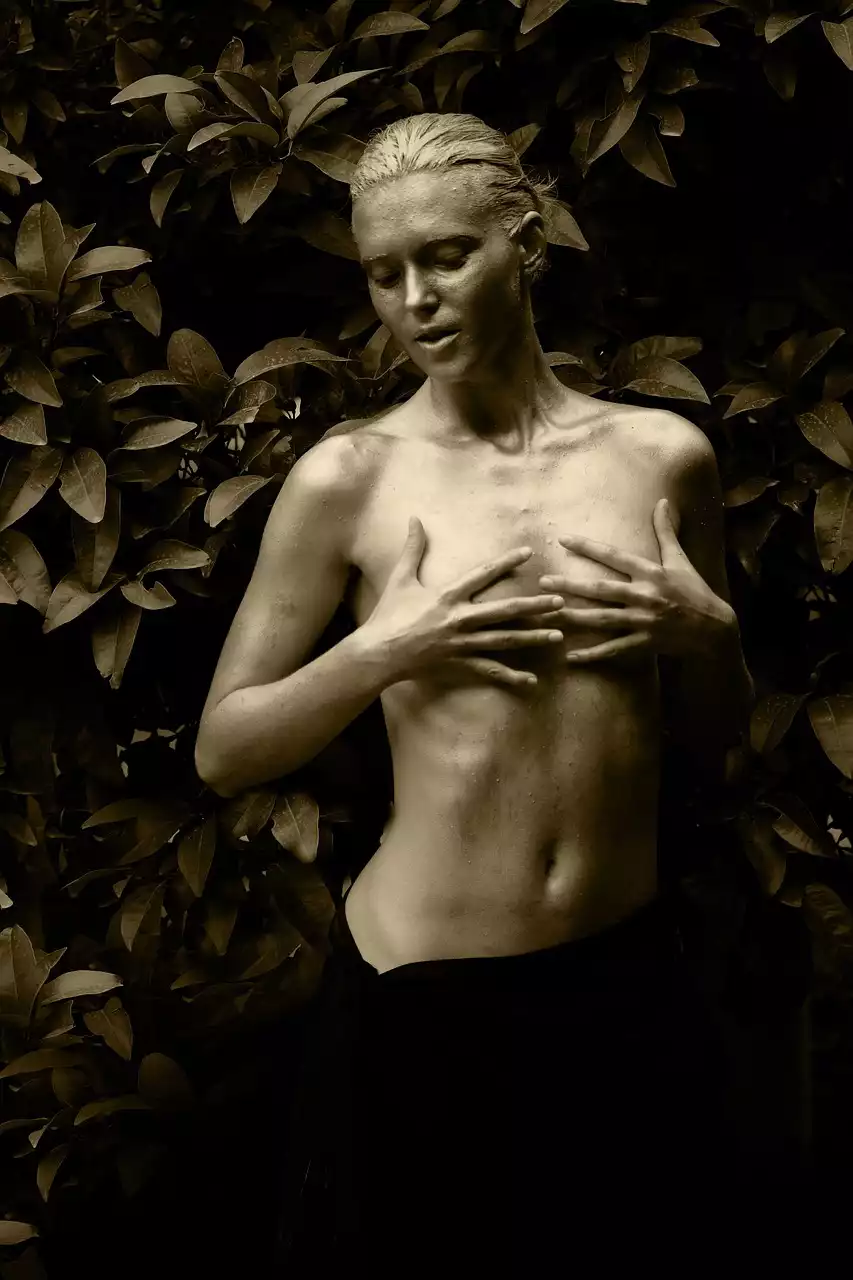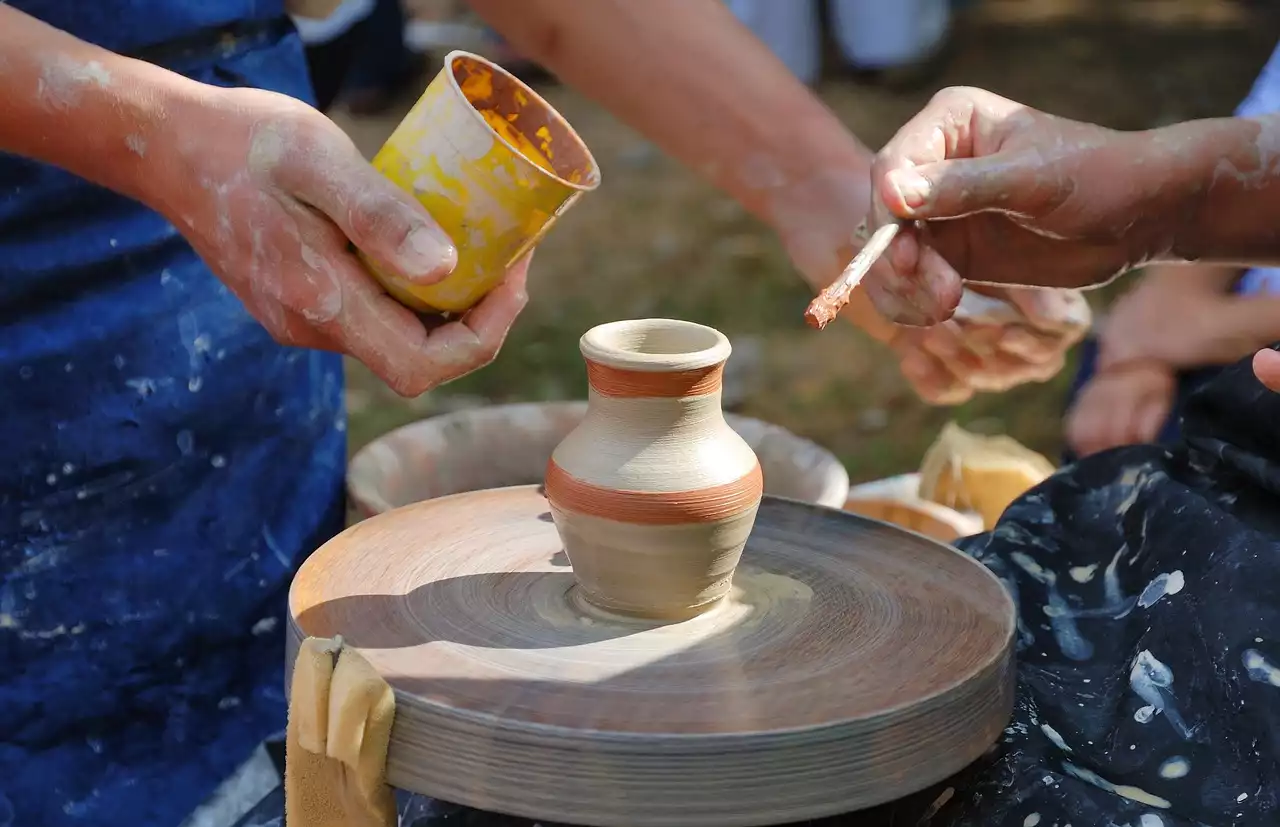Benefits of using humans as reference
The use of humans as a reference will allow you to push past the limits of your subject and the boundaries of the canvas. By painting from life, you will have the opportunity to capture the beauty of the human form in a way that is impossible in a two-dimensional painting. The use of a human as a reference allows artists to capture the natural movements of the body, exaggerate certain features, and explore different perspectives. When painting from life, try to approach your subject in a more natural state. When painting the human form, try to capture movements such as the flow of a dress, the movement of your subject’s hair, and the curve of your subject’s skin. While painting from life can be very challenging, it can also be a powerful way to connect with your subject and push your painting to the next level.
Historical examples of this practice
The use of paintings as references can be traced back to the Renaissance period. During this time, artists drew inspiration from the human form and used the body as a reference for their paintings. Painters of this era were interested in naturalistic depictions of the human form and often painted people from real life. To create realistic images of their subjects, these artists often used the human form as a reference. The Impressionists, a group of French painters who focused on evoking the effects of light on their subjects, also used the human form as a reference. Impressionists were known for painting outdoors, often using the effects of direct sunlight as their inspiration. To capture the effects of sunlight on their subjects, Impressionists often painted their human subjects against a curtain of light.
Different types of painting references
- Direct painting from life - In this method, you will paint directly from the human you are studying. It is important to approach your subject in a more natural state and to use the techniques mentioned above to capture the flow of your subject’s dress, the movement of your subject’s hair, and the curve of your subject’s skin.
- Studio painting - Studio painting is the act of creating a painting from a reference. In studio painting, you will create a painting from a photograph or drawing. You will often use a grid system or tape to create the reference for your painting.
- Sketches - Sketches are another type of reference that can be used to create a painting. In sketching, you will create a quick sketch of your subject. After sketching your subject, you will try to draw what you see in your mind’s eye.
Techniques for capturing the human form
- Light and shadow - To capture the beauty of the human form, it is important to capture your subject's light and the shadows of your subject. When painting the figure, try to paint the light and the shadows that fall on your subject’s body.
- Color - To add depth to your painting, it is important to explore the different colors of your subject’s skin, clothing, and eyes. You can also use the blue values in your subject’s eyes to explore the depth.
- Composition - When painting from life, it is important to capture the composition of your subject. You can use the horizon line, the placement of your subject in the frame, and the space around your subject to compose your painting.
Challenges of using the human form as a reference
- Focus - When painting from life, it is important to focus on your painting. Often, it will feel like your mind is racing, but it is important to focus on your painting. When painting from life, it is important to try to capture the movement of your subject, the curve of your skin, and the flow of your dress. It is important to try to capture what you see in your mind’s eye.
- Time - When painting from life, it is important to be disciplined and try to keep the time you spend painting reasonable. It is easy to get distracted when painting from life and try to capture everything that moves (people, animals, flowers, etc.) - Challenges of studio painting - In studio painting, it is important to create a grid or tape system for your image. When painting from a photograph or drawing, it is important to create depth in your painting.
- Challenges of sketching - When sketching, it is important to create a quick sketch of your subject. When sketching your subject, it is important to try to draw what you see in your mind’s eye.
The human form is a powerful source of inspiration. By capturing the light and the shadows of your subject, as well as the flow of their dress, you can create a powerful painting. When painting from life, it is important to capture the composition of your painting and try to capture the movement of your subject.




.png?size=50)


